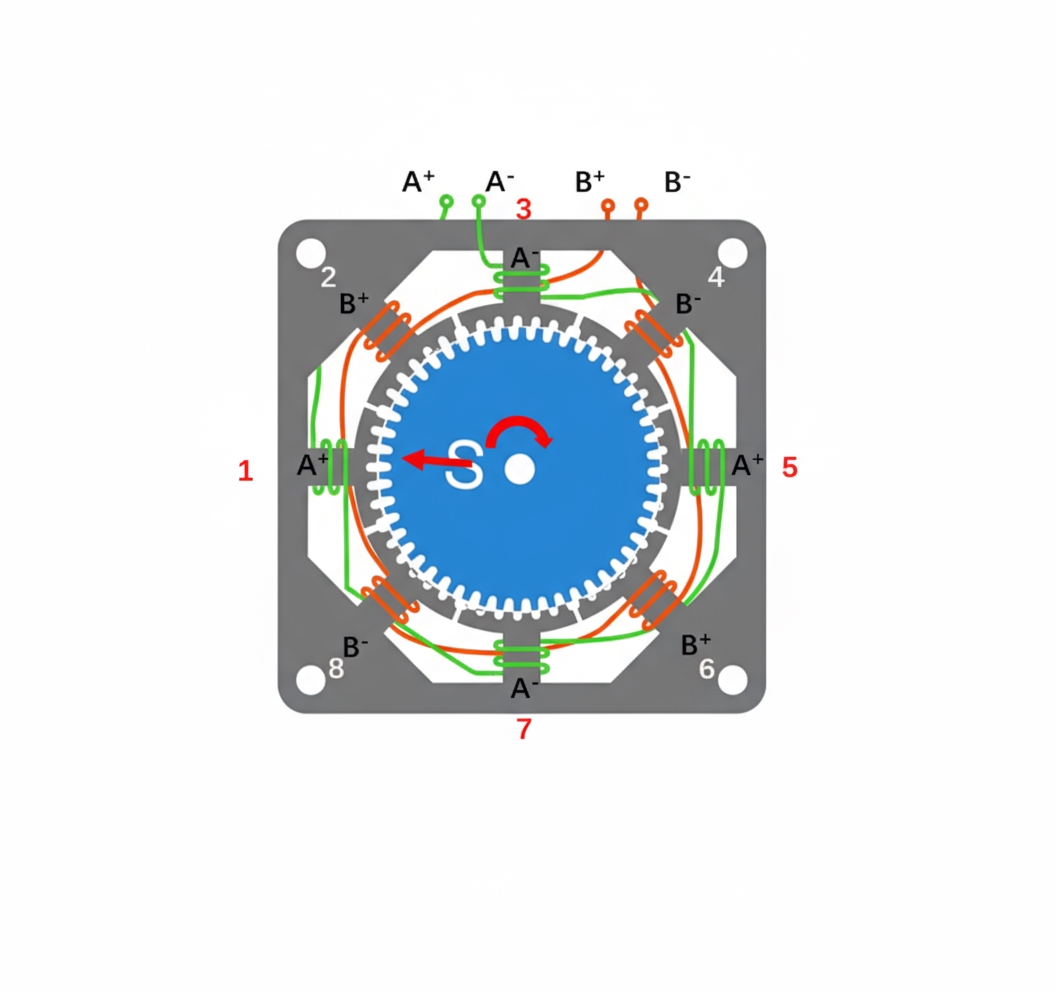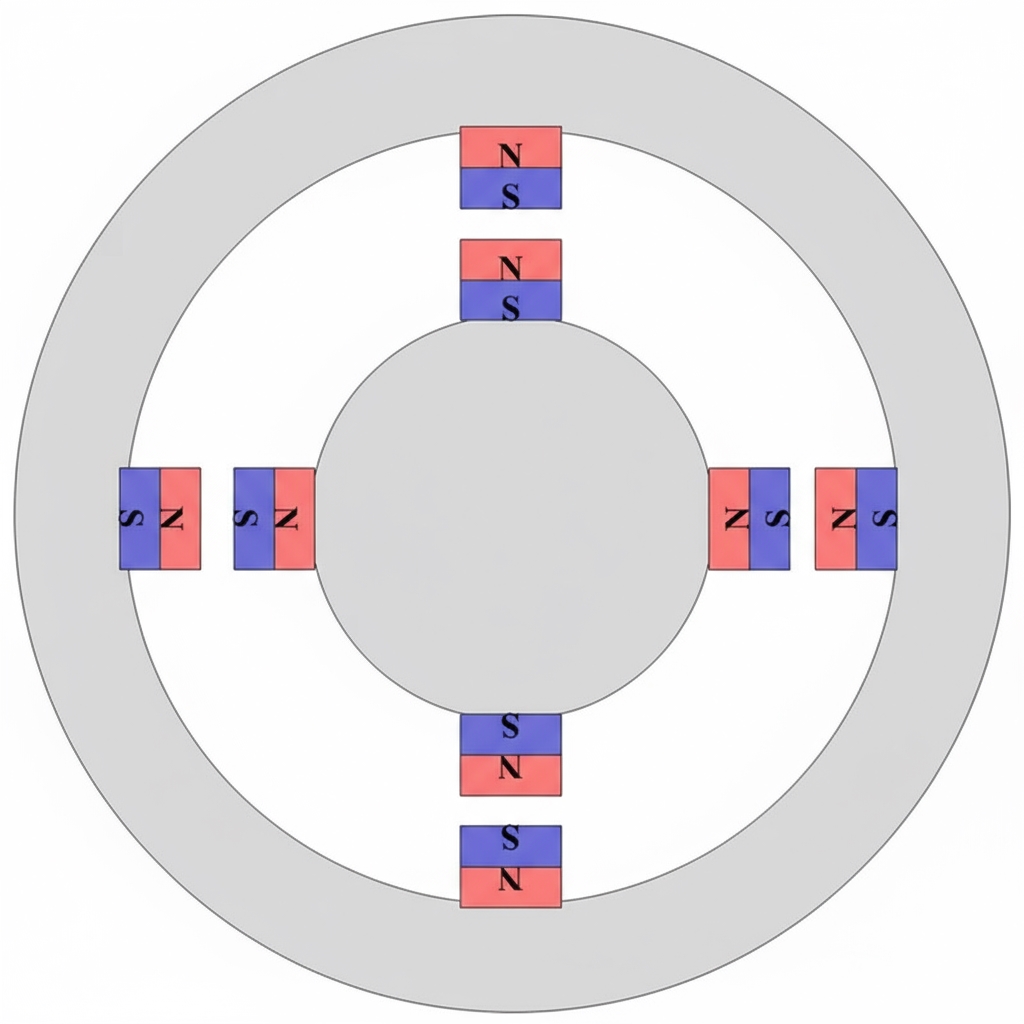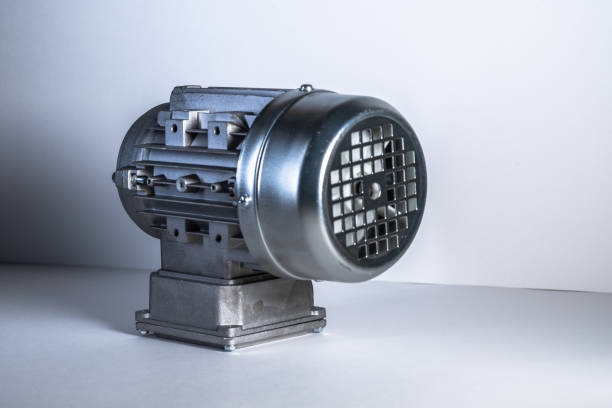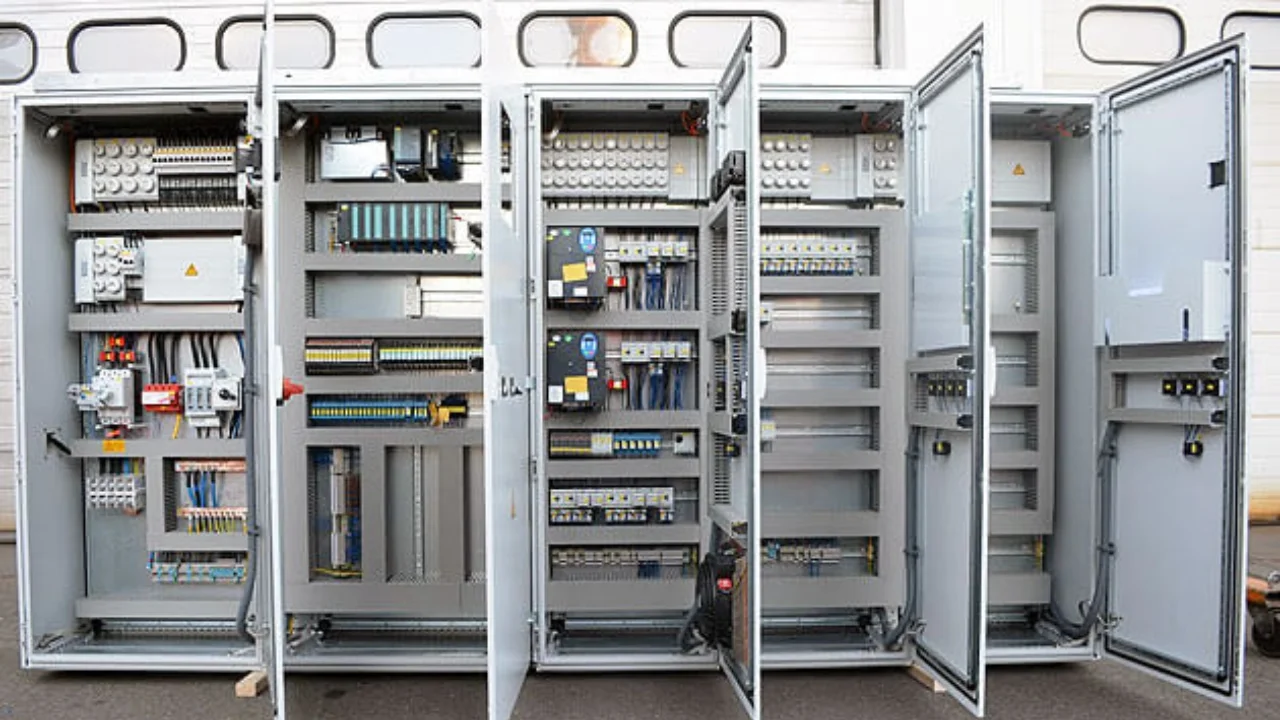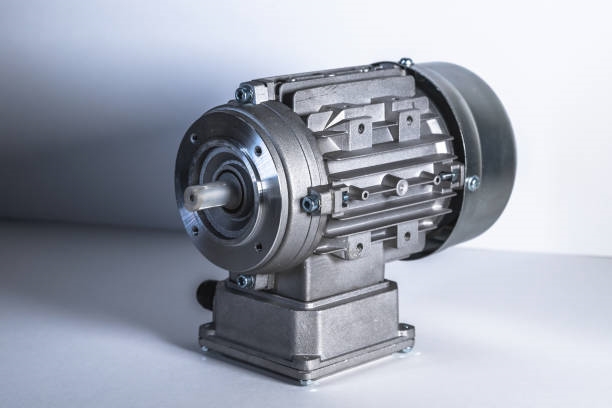Overview
Definition: Automatic reciprocating control is a technique that uses a controller to automatically drive an actuator so the controlled object moves back and forth between two or more predetermined positions.
Common Faults and Solutions
1. Contactor KM coil does not release when limit is reached
Symptom: When button SB2 is pressed, forward rotation runs normally. When the worktable limit block contacts limit switch SQ1, the AC contactor KM coil does not de-energize and release, so the machine cannot stop, potentially causing an accident. Causes and remedies:
- Contactor KM1 stuck or welded. Power down, inspect, and replace the contactor.
- The normally closed contact of limit switch SQ1 cannot open. Measure with a multimeter and replace SQ1 if faulty.
2. Reverse contactor fails to engage when switching from forward
Symptom: Forward rotation runs normally. When the worktable limit block contacts limit switch SQ1, forward contactor KM1 de-energizes and releases, but reverse contactor KM2 does not energize, so the worktable stops. Causes and remedies:
- The normally open contact of limit switch SQ1 cannot close or has poor contact. Check with a multimeter.
- The normally closed contact of limit switch SQ2 is open. Check with a multimeter and replace SQ2 if damaged.
- The coil of reverse contactor KM2 is open circuit. Replace the contactor.
- An interlock contact (the normally closed contact of KM1) is open or has poor contact. Inspect and repair the interlock.
3. Table moves a short distance on reverse then stops
Symptom: Forward rotation is normal. When switching to reverse, the table moves a short distance in the reverse direction then stops. Cause and remedy:
The self-holding contact of reverse contactor KM2 is faulty. Inspect and replace this contact.
4. Neither forward nor reverse operates
Symptom: The table does not move in forward or reverse. Causes and remedies:
- The control circuit has no power; circuit breaker QF2 may be damaged.
- The normally closed contact of the stop button SB1 has poor contact.
- The normally closed contact of thermal relay FR has opened due to overload. Manually reset the relay, temporarily bridge the contact for testing, or replace the thermal relay FR.
5. Motor hums when contactor engages
Symptom: Forward rotation runs normally. When switching to reverse, contactor KM2 energizes but the motor emits a humming sound; alternatively, reverse runs normally but forward produces a humming sound. This is a typical phase-loss condition. Check the main circuit for phase loss or wiring faults.
Principle of the Automatic Reciprocating Control Circuit
The automatic reciprocating control circuit functions by automatically changing the direction of the control signal when a control command is issued, thereby achieving reciprocating motion. Specifically, the circuit consists of a switch, a receiver, a transmitter, and a control circuit. When a control signal is issued, the switch opens automatically, the receiver receives the control signal, the transmitter sends a reversed control signal, and the control circuit receives the reversed signal to realize automatic reciprocation.
 ALLPCB
ALLPCB


